When Apple introduced the Apple Silicon project last June, i.e. the development of its own chips for Apple computers, it was able to gain enormous attention almost immediately. It then practically doubled after the release of the first Macs, which received the M1 chip, which drastically surpassed the Intel processors of the time in terms of performance and energy consumption. So it's no wonder that other tech giants like a similar scenario. According to the latest information from Nikkei Asia Google is also preparing to take a similar step.
Google has started developing its own ARM chips
Apple Silicon chips are based on the ARM architecture, which offers quite a few interesting performances. This is primarily the already mentioned higher performance and lower energy consumption. The same should be the case with Google. He is currently developing his own chips, which will then be used in Chromebooks. In any case, the interesting thing is that last month this giant presented its latest Pixel 6 smartphones, in the bowels of which also beats the Tensor ARM chip from this company's workshop.
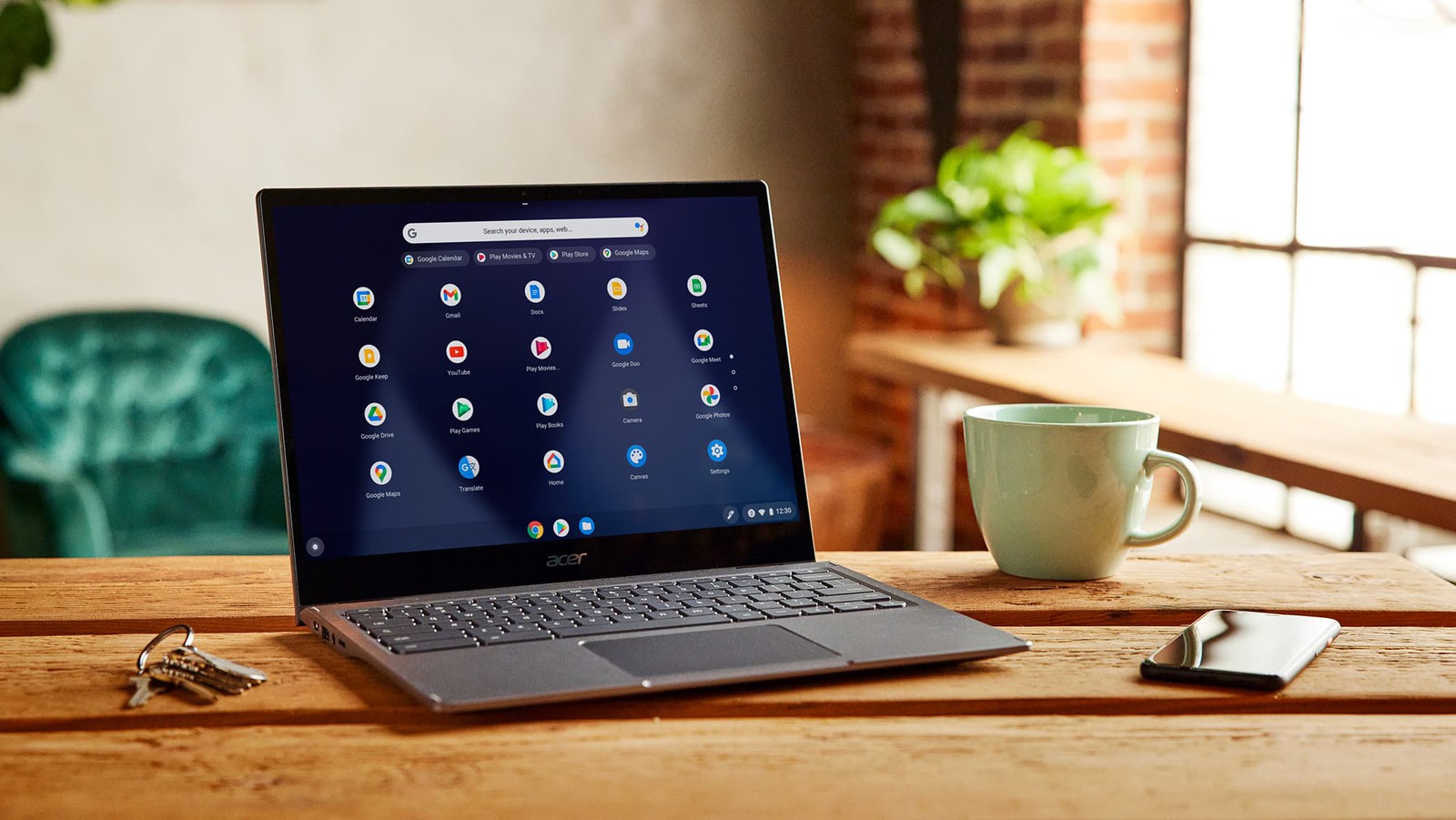
According to the information available so far from the mentioned source, Google plans to introduce the first chips in its Chromebooks sometime around 2023. These Chromebooks include laptops and tablets that run the Chrome OS operating system and you can buy them from manufacturers such as Google, Samsung, Lenovo, Dell, HP, Acer and ASUS. It is of course clear that Google was inspired by the Apple company in this regard and would like to achieve at least similar successful results.
It could be interest you
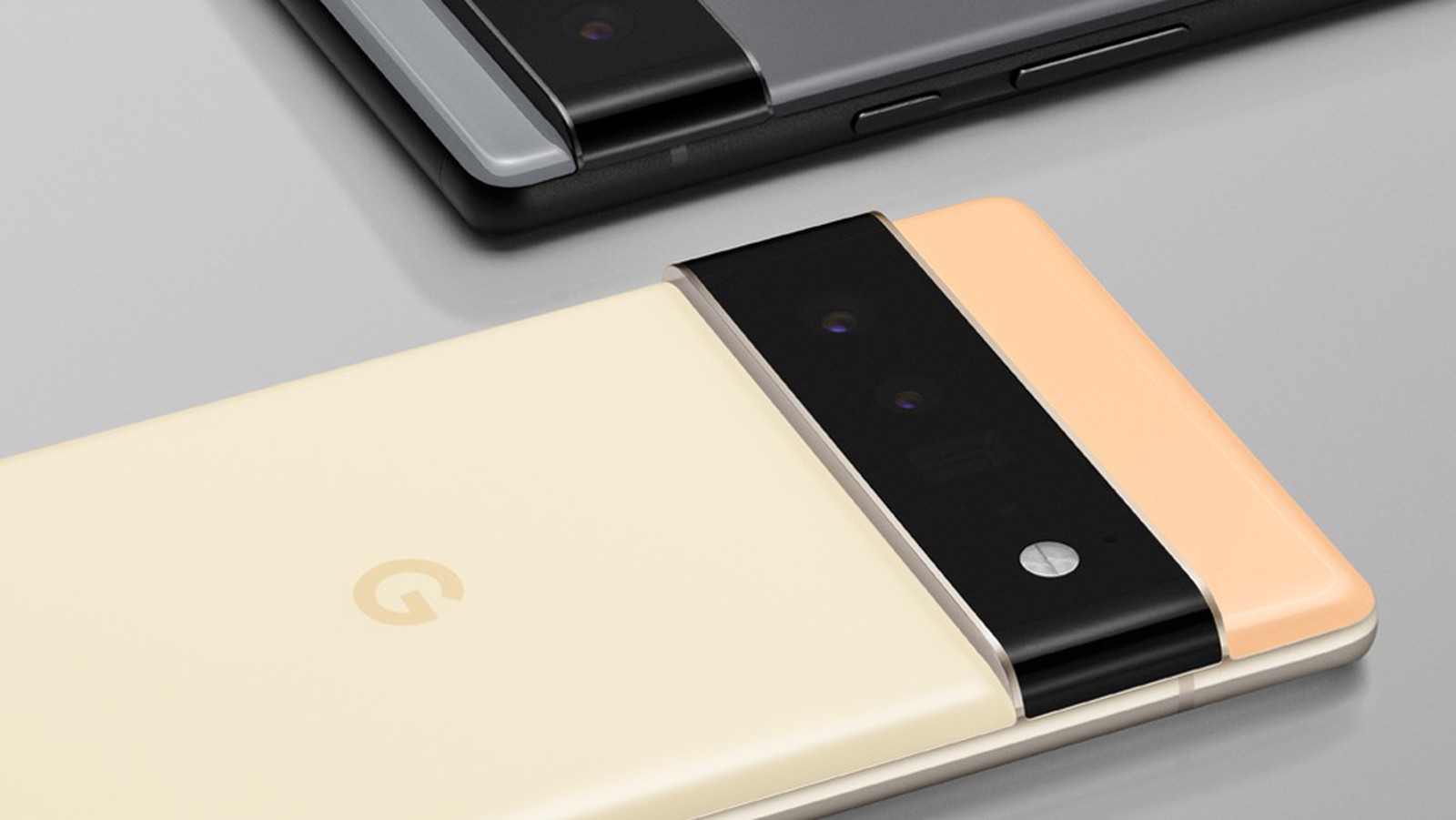
At the same time, the question arises whether Chromebooks will be able to take advantage of the possibilities that ARM chips will offer them. These devices are relatively severely limited by their operating system, which discourages many people from buying them. On the other hand, moving forward is never a bad thing. At the very least, the devices would run significantly more stably and, in addition, could boast a longer battery life, which will be appreciated by their target group - that is, undemanding users.
What is the situation with Apple Silicon?
The current situation also raises the question of what the situation is with Apple Silicon chips. It has been almost a year since the introduction of the first trio of models equipped with the M1 chip. Namely, these are Mac mini, MacBook Air and 13″ MacBook Pro. This April, the 24″ iMac also underwent the same transition. It came in new colors, sleeker and thinner body and with significantly higher performance. But when will the next generation of Apple Silicon arrive?
Recall the introduction of the M1 chip (WWDC20):
For a long time, there have been talks about the arrival of a revised 14″ and 16″ MacBook Pro, which should have a significantly more powerful Apple chip. It is at this point that Apple needs to demonstrate what Apple Silicon is actually capable of. So far, we have seen the integration of the M1 into so-called entry/basic Macs, which are intended for ordinary users browsing the Internet and doing office work. But the 16″ MacBook is a device in a completely different category, aimed at professionals. After all, this is also demonstrated by the presence of a dedicated graphics card (in the currently available models) and significantly higher performance compared to, for example, the 13″ MacBook Pro (2020) with Intel.
It could be interest you
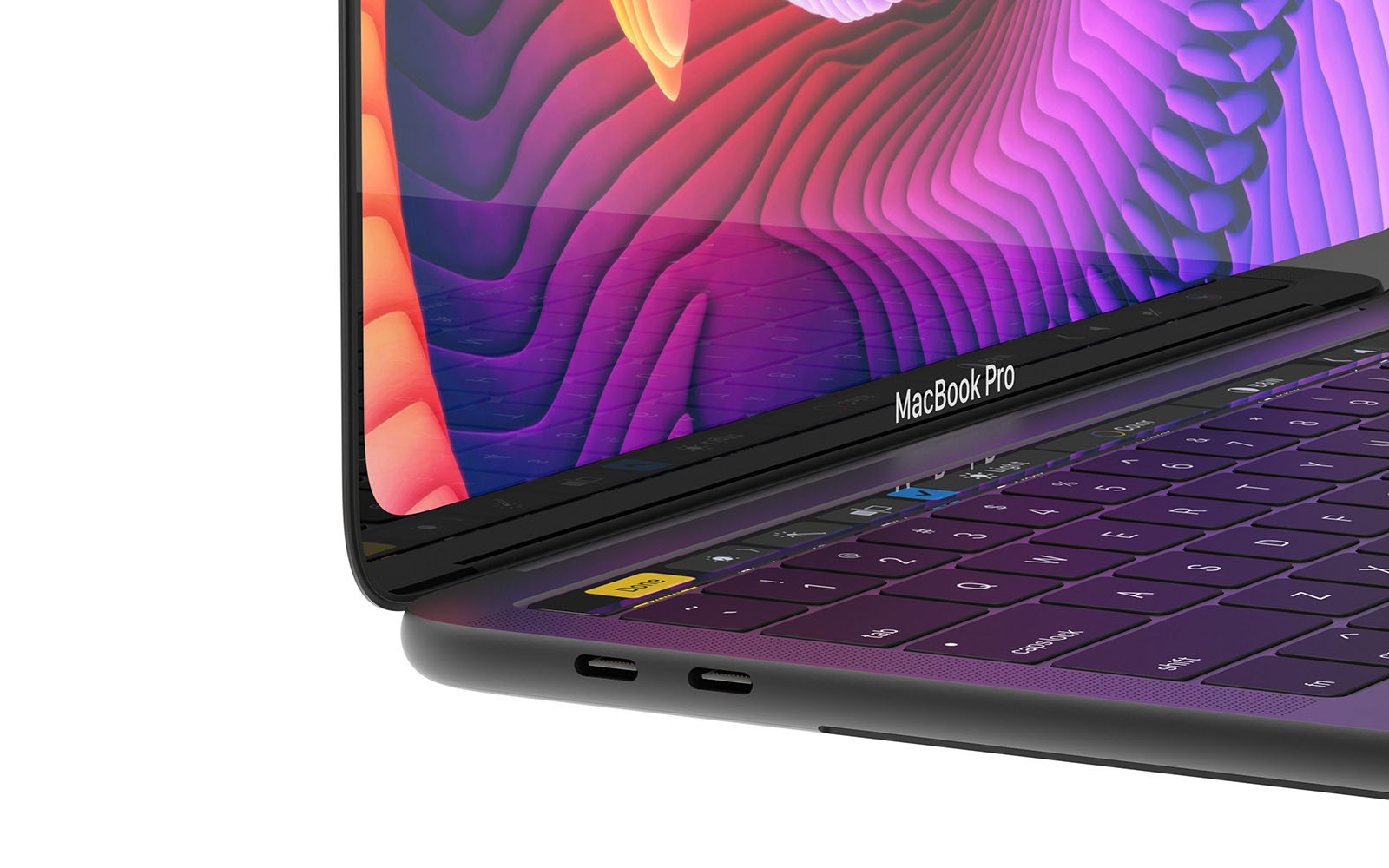
So it is quite clear that in the coming months we will see the introduction of at least these two Apple laptops, which should raise the performance to a whole new level. The most common talk is about a chip with a 10-core CPU, with 8 cores being powerful and 2 economical, and a 16 or 32-core GPU. Already at the presentation of Apple Silicon, the Cupertino giant mentioned that the complete transition from Intel to its own solution should take two years. The professional Mac Pro with an Apple chip is expected to close that transition, something tech fans are eagerly waiting for.
 Flying around the world with Apple
Flying around the world with Apple 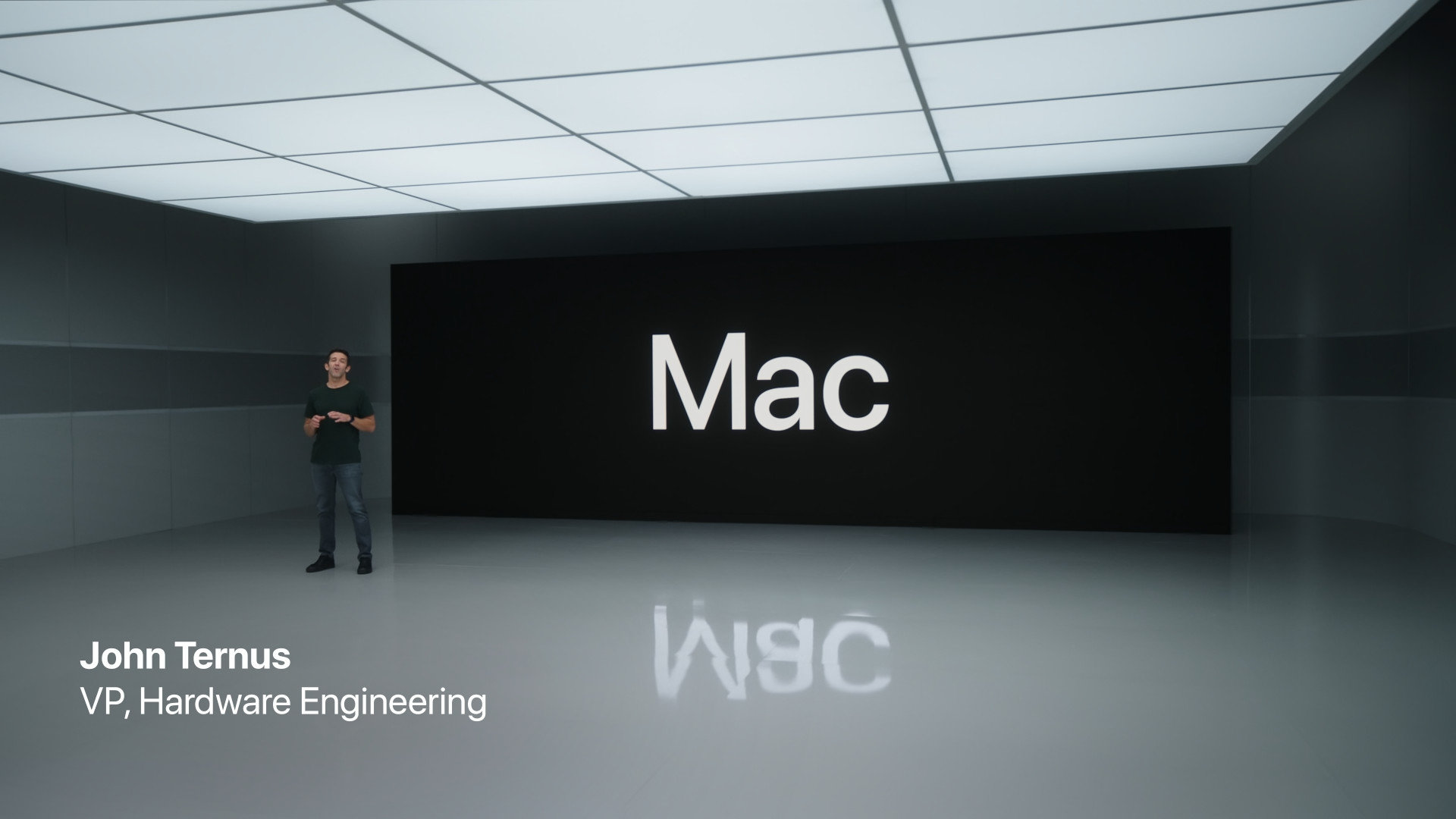

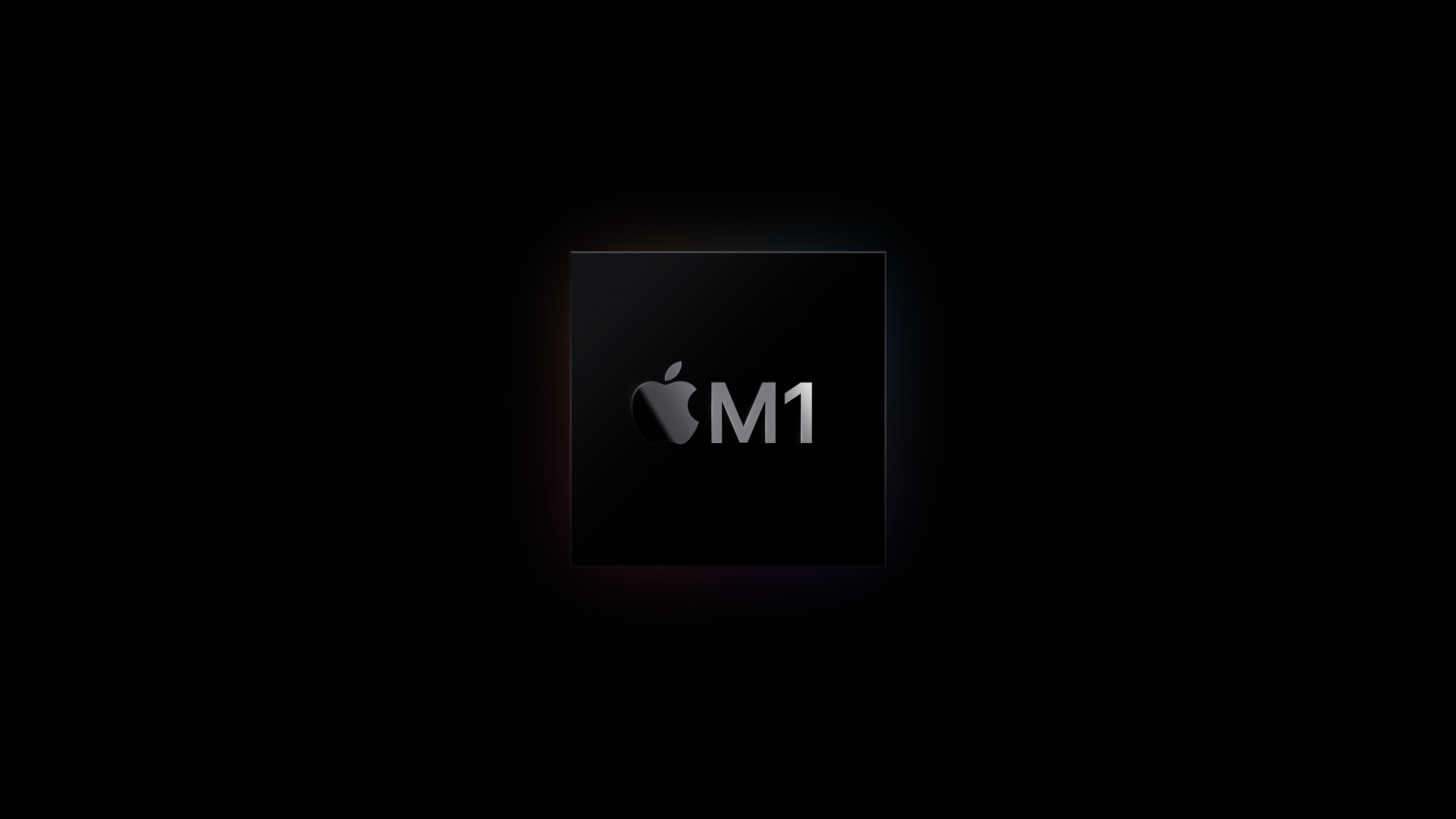
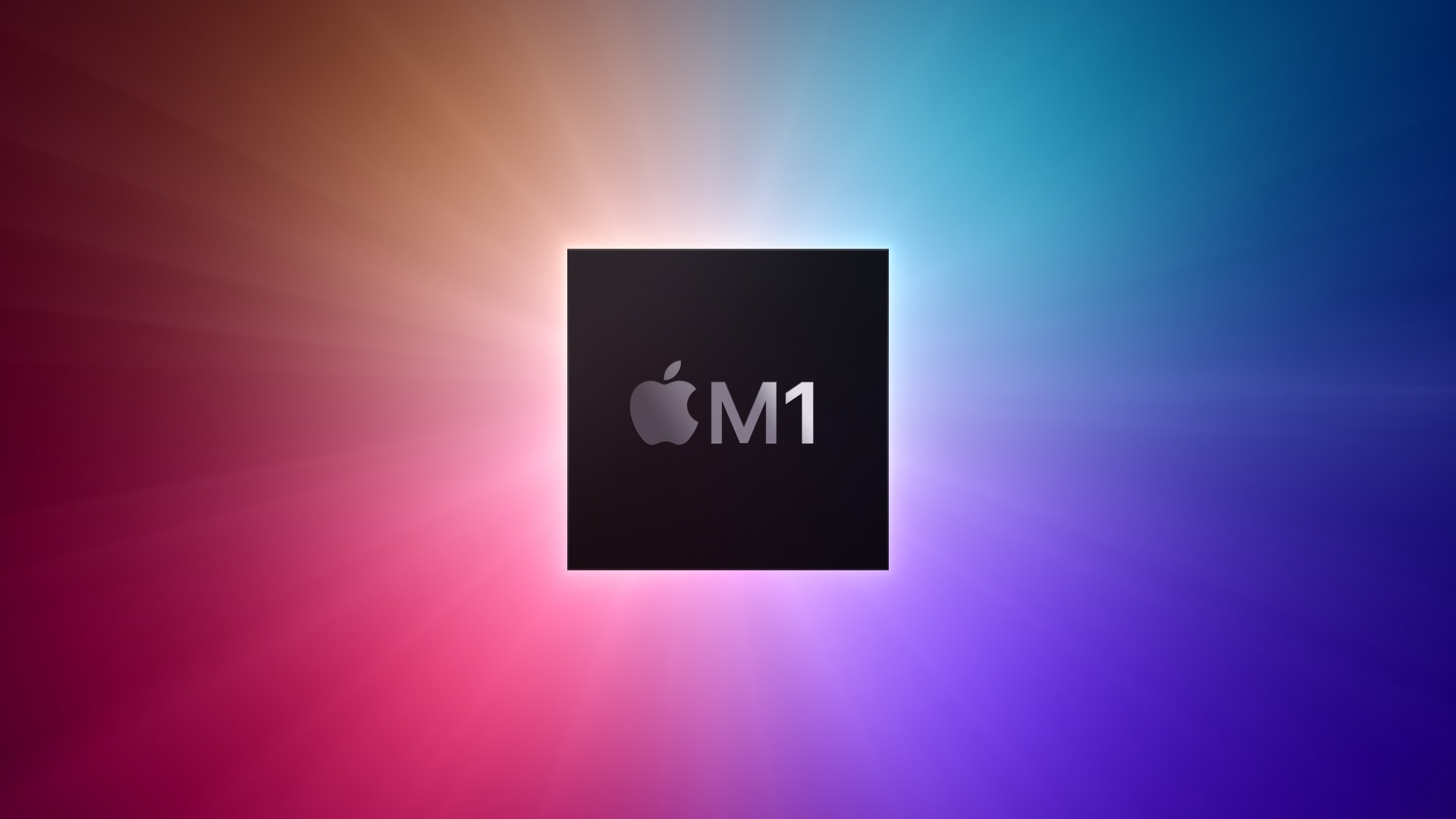


With the successor to the M1, Apple will have to demonstrate a similar revolution as the M1 itself was and that it was a revolution. Laptops with graphics card performance somewhere around GTX1050, that's just great with such battery life.